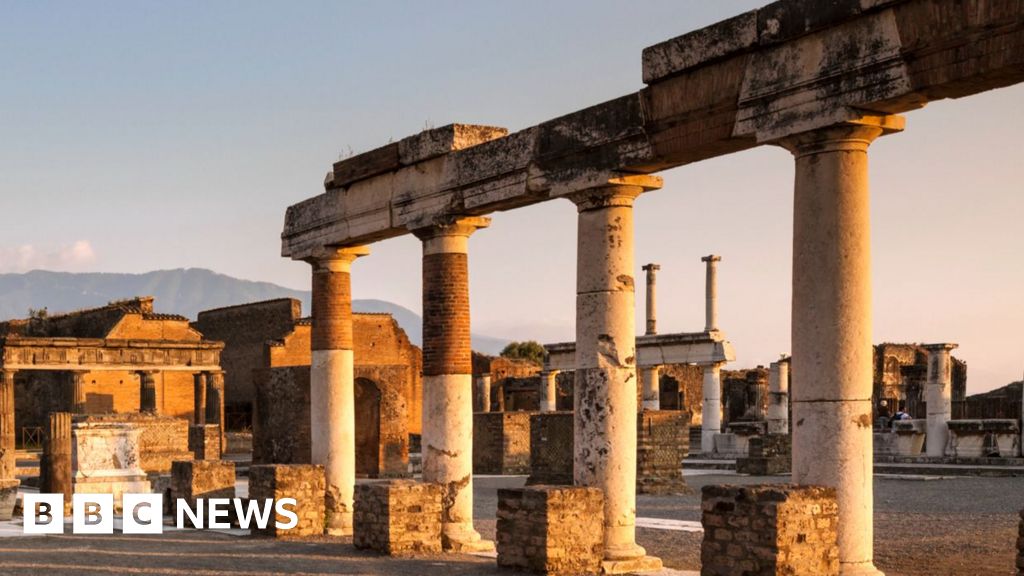People returned to live in Pompeiis ruins, archaeologists say
- BBC News
New evidence suggests people returned to live among the ruins of Pompeii after the ancient Roman city was devastated by a volcanic eruption.
Archaeologists believe some survivors who could not afford to start a new life elsewhere returned to the site and may have been joined by others looking for a place to settle.
Pompeii was home to more than 20,000 people before Mount Vesuvius erupted in AD79, burying - and preserving - much of the city, before its rediscovery in the 16th century.
There had been previous speculation that survivors had returned to the ruins, and archaeologists at the site said in a statement on Wednesday that the theory appears to have been confirmed by new research.
"Thanks to the new excavations, the picture is now clearer: post-79 Pompeii reemerges, less as a city than as a precarious and grey agglomeration, a kind of camp, a favela among the still-recognisable ruins of the Pompeii that once was," the sites director, Gabriel Zuchtriegel, said.
The archaeologists said the informal settlement continued until the 5th century.
The evidence suggests people lived without the infrastructure and services typical of a Roman city, and that the ruins provided the opportunity of finding valuable objects, the researchers said.
People are thought to have lived in the upper floors of homes above the ash below, with the lower floors converted into cellars.
The citys destruction has "monopolised the memory", Mr Zuchtriegel said, and in the rush to reach Pompeiis well-preserved artefacts, "The faint traces of the sites reoccupation were literally removed and often swept away without any documentation".
The site is now a world-famous tourist attraction and offers a window into Roman life.